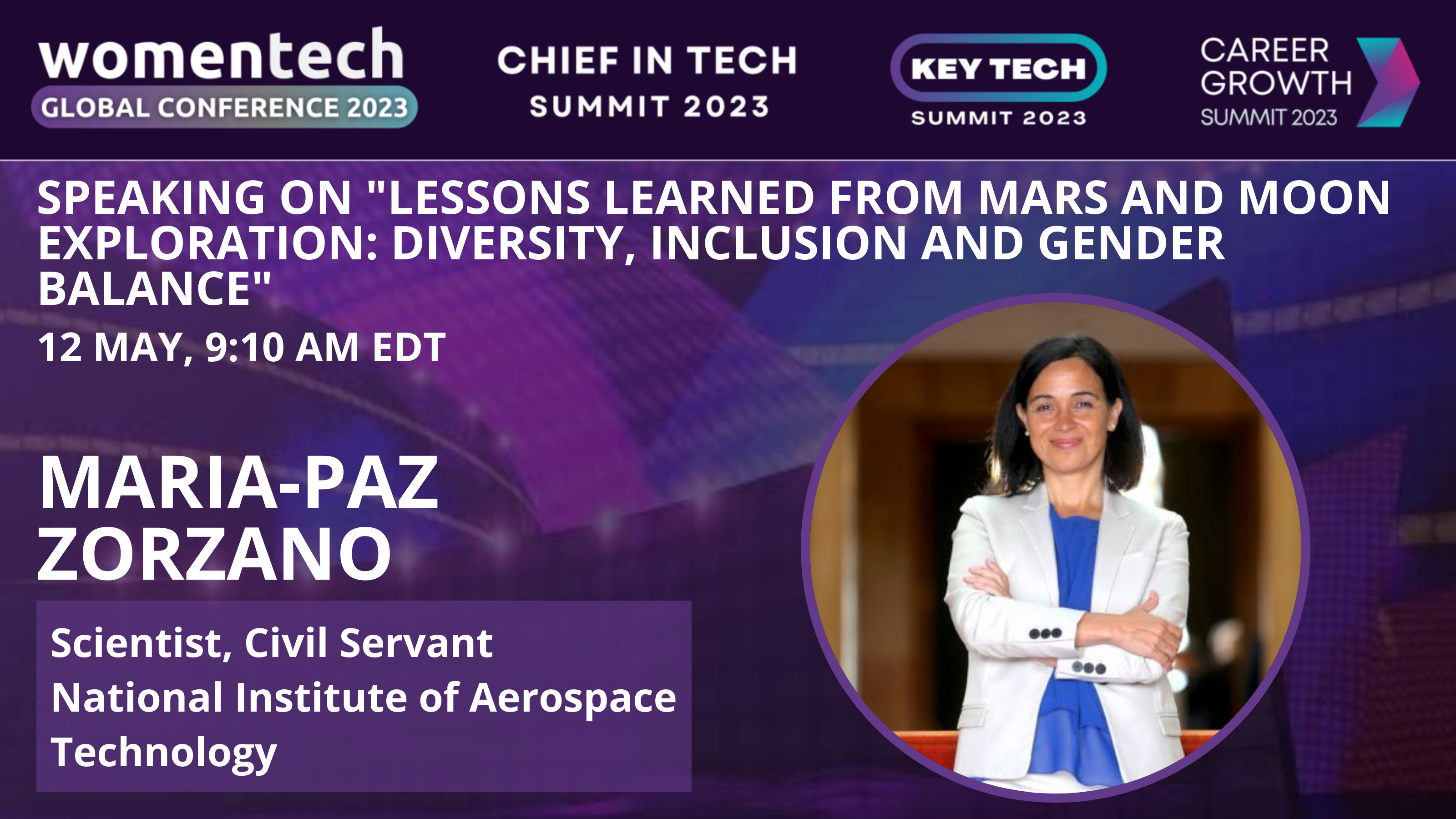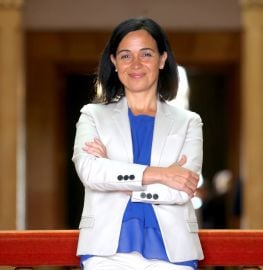Vote by Sharing
Unite 100 000 Women in Tech to Drive Change with Purpose and Impact.
Do you want to see this session? Help increase the sharing count and the session visibility. Sessions with +10 votes will be available to career ticket holders.
Please note that it might take some time until your share & vote is reflected.
Session: Lessons learned from Mars and Moon Exploration: diversity, inclusion and gender balance
The number of female students enrolled STEM have been decreasing in the last twenty years, while the number of women resigning from technological job positions remains unacceptably high. New multi-factor approaches are being suggested to fight this trend, such as promoting interaction with professional women working in STEM environments and increasing the visibility of female role models. The NASA Mars Science Laboratory rover mission operation, with its flat and rotating working structure, is a practical case where some of these factors are already in place. Given the popularity of space exploration an adequate representation of female scientists and engineers in this field at all levels,from initial educational and training programs to managing decisions, this field could be used to illustrate to the public how gender balance is achievable even in this very specialized, competitive, subject. Furthermore, by setting role models, this can awake the interest of girls in STEM disciplines from childhood and, therefore, contribute positively to the fourth (quality education) 2030 sustainable development goals.
From MSL operation we have learned that when a challenging task requires the added effort of multiple, top-quality talents, these need to be selected without biases, as any discrimination would imply a loss of potential talents. This selection approach, based exclusively on excellence, contributes to promoting gender diversity. Another key factor is flexibility of the working process, for instance space mission operations, are nowadays implemented online, allowing for the cooperation of people in multiple time zones, with varying schedules and roles. The main lesson learned from MSL operation is that flat competitive, flexible, structures give opportunities for women to rise to the level where this system is implemented, but this should be reinforced to allow women to get through the next ranks. This may be applicable in other fields now that blended work (a combination of remote and physically present work) is becoming a universal need.
Key Takeaways
- gender balance
- digital nomad
- excellence, diversity and inclusion
- STEM
- space exploration
Bio
Dr. Maria-Paz Zorzano is a Scientific Researcher and Civil Servant of INTA (National Institute of Aerospace Technology, Spain), at the Center for Astrobiology (CAB). She is a planetary physicist and has conducted research for more than two decades in astrobiology, investigating the habitability of Mars, participating in several NASA and ESA Mars exploration missions, including the Mars Sample Return program, the Perseverance and Curiosity rovers, ExoMars Trace Gas Orbiter, Rosalind Franklin Rover, and the Kazachok surface platform. Dr. Zorzano investigates the conditions necessary for the origin and evolution of life on Earth and Mars. She is the author of more than 150 peer-reviewed publications, and has supervised multiple PhD and master's theses. She has led multiple national and international research projects on Mars exploration, planetary protection, and atmospheric and surface research. Since 2018 she is a member of the COSPAR (Committee On SPAce Research) Planetary Protection Panel. She is committed to outreach, promoting diversity within STEM careers and facilitating inclusion, and is the author of a research paper on "Gender Balance in Mars Exploration: Lessons Learned from the Mars Science Laboratory " that analyses good practices to promote inclusion, diversity and excellence in Space Exploration.


